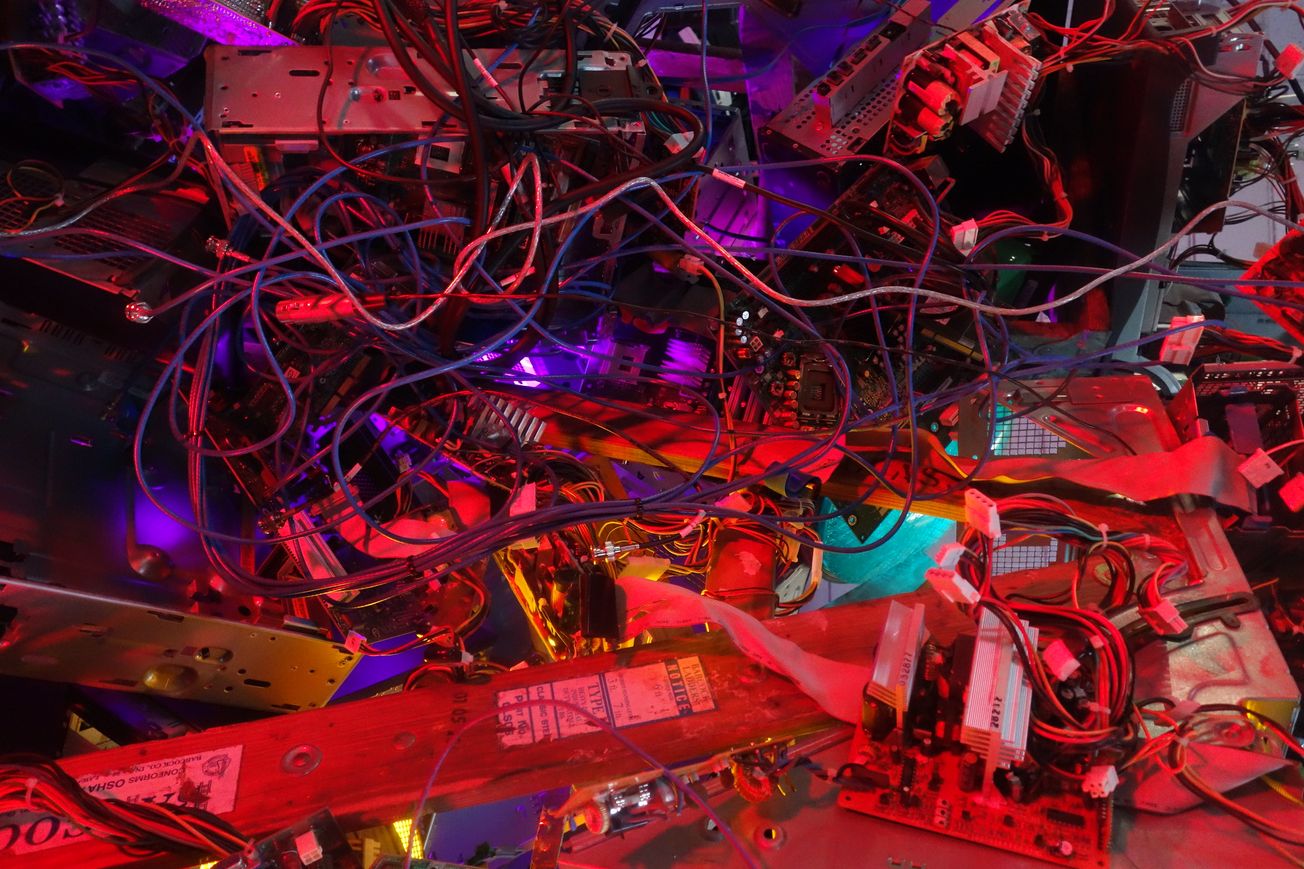By Carissa Wong, PhD Cancer Immunology
New rules could finally put the brakes on the consumerist lifestyles that are taking a toll on our planet.
Half of greenhouse gas emissions and over 90 percent of biodiversity loss and water stress results from resource extraction and processing. Earlier this March, the European Commission released a new action plan to create a ‘circular’ economy within Europe in order to tackle costly resource wastage, empower consumers to make sustainable choices and boost the economy.
The plan includes steps to manage products throughout their life cycles, from product design to sustainable consumption, with the goal to keep resources cycling through the European economy for as long as possible. Notably, environmental benefits would go alongside economic gains, with an EU GDP increase of an extra 0.5 percent by 2030, creating around 700,000 new jobs.
For consumers, the changes would mean having the choice of safe, affordable products that have been built to repair, reuse and recycle. Importantly, the EU forms a critical mass on the global scale, enabling it to influence standards for sustainability and product design worldwide. Although we are leaving the EU, the UK is very likely to follow suit, seeing as it is unlikely non-sustainable products will be made purely for our consumption.
Initial plans towards a circular economy were first released in 2015 and since then more than 50 plans have been delivered or are currently being completed. The new plan forms a central part of the European Green Deal that was launched in 2019. The Deal aims to remove net greenhouse gas emissions by 2050, thus achieving carbon neutrality, as well as separate economic growth from resource usage and ensure this includes all people and places throughout the continent.
Currently, there is a widespread ‘linear’ economic model of ‘take-make-use-dispose’, and the design phase is key in determining the environmental impact of 80 percent of products. Producers lack incentive to adapt their design phases for improved reuse, recycling and repair of products; by rewarding producers for highly sustainable products, the plans hope to provide incentives for sustainable manufacturing.
Currently there is no complete set of mandatory requirements to ensure that products within the EU market are circular and sustainable, with many current initiatives relying on voluntary action from producers. One success is the Ecodesign Directive which implemented legislation to ensure a minimum standard for the efficiency and circularity of energy-related products.
From washing machines to vending machines, the EU Ecodesign Directive will extend the life of many appliances by ensuring replacement parts are easier to get hold of. https://t.co/kH5AT8z5Cn via @wef
— Ewaste Watch Institute (@ewastewatch) March 11, 2020
The new plan aims to extend this legislation for sustainability to non-energy-related products by improving high quality recycling processes, increasing recycled content in products, reducing carbon footprints and preventing single-usage. It also includes ending planned obsolescence of products; this is where products are knowingly made to have a short lifespan.
Proposed consumer law changes will provide consumers with improved information on the lifespan and repairability of products at the point of buying. The plan is to empower consumers with the ‘right to repair’ so that they can have access to spare parts or upgrade electronic products without buying entire replacements. Electronic products like phones are to be a high priority area for improving circularity, with plans to introduce a common charger and increase the durability of charging cables. An urgently needed improved system for the collection and treatment of electronic waste will also be implemented.
Packaging waste is a huge problem and the plan is to reduce over-packaging and ensure reuse and recyclability of packing materials. Plastic consumption is thought to double in the next 20 years and the material has been found to have far-reaching environmental impacts.
One new area of research looks at microplastics – tiny plastic fragments less than 5 mm in length – which are polluting our oceans, soil and air. Though research is limited into the impact of these on animals, hotspots of microplastics in waterways have been shown to reduce populations of worms that are critical for the ecosystems that live there, and since these plastic pieces are everywhere any negative impacts would be dangerously widespread.
| A student's guide to reducing plastic waste
These highly ambitious circular economy plans are what we need at a time when our impact on the environment has reached a tipping point. The published report states “There is only one planet Earth, yet by 2050 the world will be consuming as if there were three”. If the new plans are agreed on by all EU member states and MEPs, this promising proposal could enable us to take the critical actions needed to save the only Earth we have.
Featured image: xxx / yyy
Want to write about your research? Get in touch!







